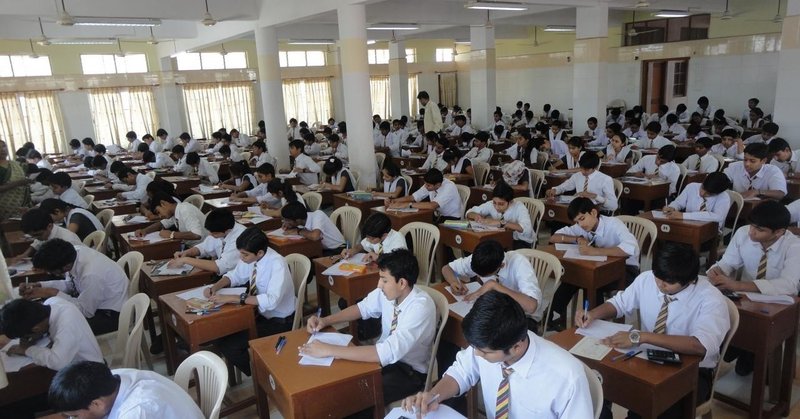
英語で読むデザイン【12】世界の激しい競争『インドの受験』
私は最近、ブランド、デザイン、マーケティングなどについて、社会人の中でもハイレイヤーの方々、または大学生、院生などに講義や教育をする機会もありがたいことに増えました。しかしその時にいつも悩むのは、楽に成果を出せたら良いと思うのですが、どうしてもこだわりや情熱のない人は伸びにくいものです。
そこで、海外時代に見たアジアの激しい受験戦争を思い出し、インドの受験について聞いてみました。
1/5000の椅子を争う競争はどのようなものでしょうか?
また、成人となった日本人はライフワークバランスを保ちつつ、どこまで努力をすべきなのでしょうか?
Different competitive exams in India
In a developing country like India, the competitive entrance examinations are considered a requisite part to facilitate entrance of aspiring students into élite institutions. These exams are further bifurcated into three categories, first being the comprehensive examination administered in order for students to pass on to secondary and higher secondary levels. The second league of entrance examinations are for acquiring admission into colleges and universities. The third kind of competitive exams aim at procuring a job in a discrete segment in the country. The competitive exams by and large are objective and evaluate the diverse aptitudes and skills of the candidate incorporating verbal reasoning, numerical aptitude, lateral thinking, intelligence quotient, emotional intelligence, data interpretation, etc. These have to be attempted only after the consummation of any graduation degree or in the final year of the degree. Conversely, the entrance exams encompass objective as well as descriptive questions and deal with an in-depth knowledge in a particular field. A few examples are given below.

The seemingly unassailable Engineering Services Examination (ESE) conducted annually by the UPSC is the most sought-after competitive examination for engineering graduates in India. It carries high stature and repute leading the candidate to occupy a Class I officer position after the final selection. The preparation time for this test is 12 months necessitating intense dedication and devotion. The passing percentage, an undeniable dismal number, is merely 0.2% out of 9 lakh candidates. JEE Main and JEE Advanced, the second most arduous entrance examination, that takes approximately 2 years to prepare, constitutes the Joint Entrance Examination for engineering colleges in India. Every year, 12 to 14 lakh students appear for JEE Main, out of which only 2.2 lakh get chosen for the next level, i.e. JEE Advanced. Conclusively, 11000 students make it to the top engineering colleges in India. The third most knackering entrance examination, started by the Indian Institute of Management (IIM) is the Common Admission Test (CAT) explicitly used for the selection of candidates for business administration programs. Apart from these, the GRE (Graduate Record Examination) and GMAT (Graduate Management Admission Test) are considered rather desirable by many students as they provide entry into reputed institutes and business schools all over the world. The above statistics portray the reality of a student in India, immersed in books for over 12 hours a day, and the vast clutter on their desk before an examination.
References
1. How Many Apply VS How Many Clear. UPSC Exam Statistics. (2020). Retrieved 23 May 2020, from
https://byjus.com/free-ias-prep/upsc-exam-how-many-apply-vs-how-many-clear/
2. List of Exams in India, Entrance Exams, Competitive Exams in India. (2020). Retrieved 23 May 2020, from https://www.indiacollegeshub.com/exams-india/
ではまた!
